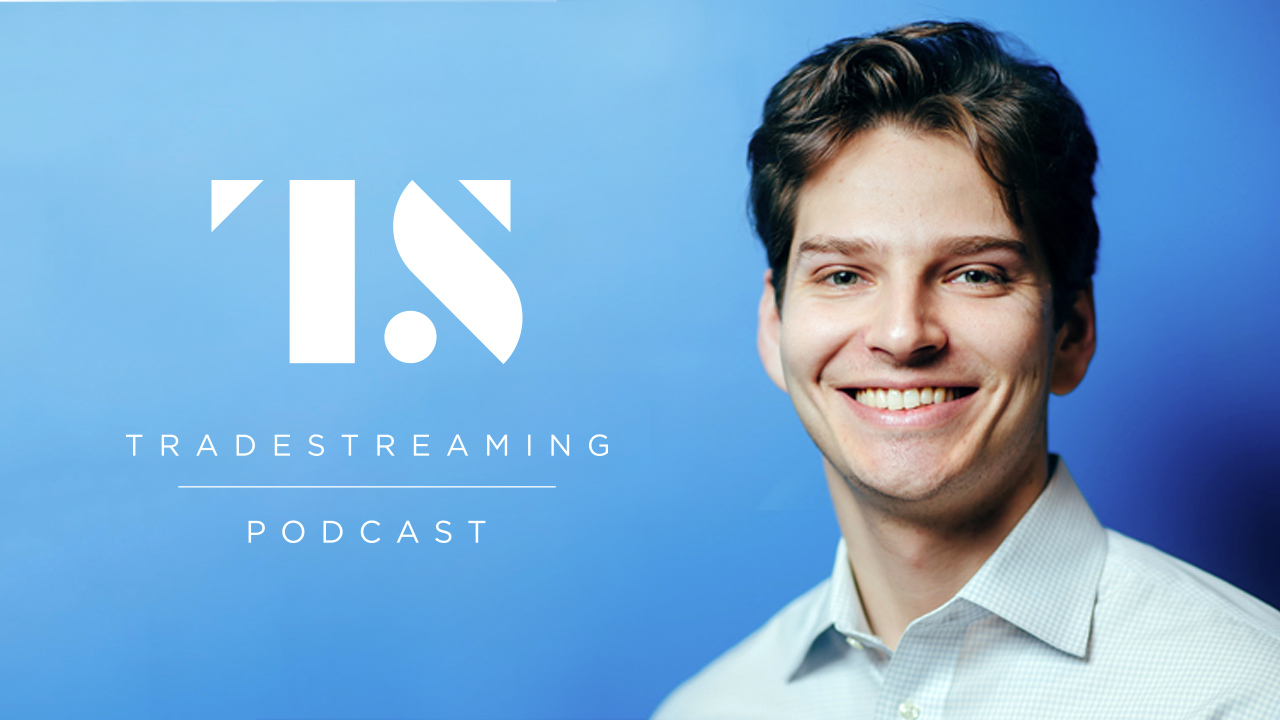Work with a purpose: Why millennials leave big finance
[podcast] Autonomous Research’s Lex Sokolin on the 4 waves of roboadvisors
A race to the bottom: Can roboadvisors build real businesses?
The future of roboadvisory, as seen by a top fintech investment bank
High Five! The top 5 fintech stories we’re following today
How DailyWorth turned a newsletter into a roboadvisor for women
Is fintech really headed for a downturn?
WTF is a roboadvisor?
5 trends we’re tracking this week
[alert type=yellow ]Every week at Tradestreaming, we’re tracking and analyzing the top trends impacting the finance industry. The following is a list of important things going on we think are worth paying attention to. For more in depth trendfollowing, subscribe to Tradestreaming’s newsletter .[/alert]
1. Edward Jones launches mutual fund family, attracts more money last year than Fidelity, BlackRock and American Funds (BizJournals)
2. Schwab ‘robo adviser’ grows to $5.3 billion in its debut year (Reuters)
3. Will the Department of Labor’s Fiduciary Rule make Broker-Dealers irrelevant in 2016? (Michael Kitces)
4. Fidelity drops credit card partners AmEx, Bank of America, ending 12 year partnership that generated billions in fees (Reuters)
5. The Wall Street Journal is first business publication to get a spot on Snapchat Discover (NiemanLab)














